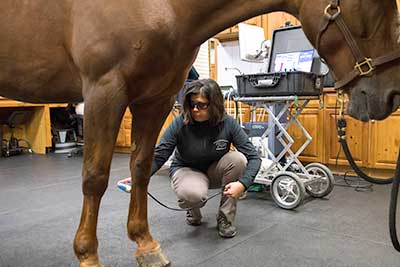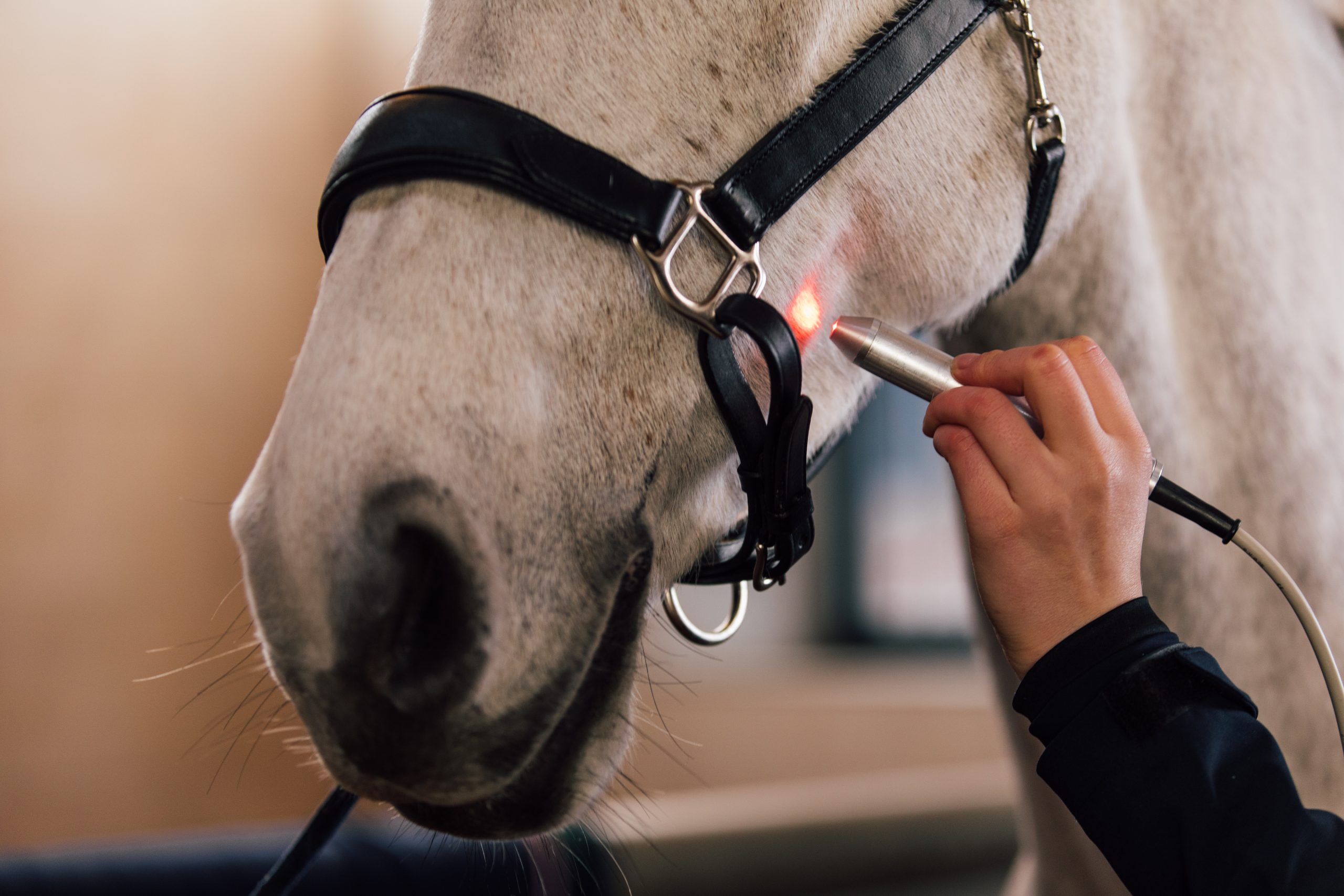Equine Therapy for Kid: Emotional and Behavioral Assistance Discussed
Equine Therapy for Kid: Emotional and Behavioral Assistance Discussed
Blog Article
Evaluating the Efficiency of Laser Therapy in Equine Treatment for Injury Rehabilitation
The assessment of laser treatment's efficiency in equine injury rehab hinges on several elements, including recuperation time, pain reduction, and tissue regrowth. Professional research studies suggest remarkable improvements in conditions like tendonitis and osteoarthritis, associated to enhanced mobile feature and raised ATP production. Veterinarians regularly observe remarkable end results with laser treatment compared to standard methods, placing it as an essential component in equine care. The necessity for continual surveillance and customized therapy plans can not be overstated. What particular scientific evidence supports these insurance claims, and exactly how do veterinarians implement these methods in technique?
Comprehending Laser Therapy
Laser treatment has actually come to be a critical device in vet medication, especially in the therapy of equine conditions. Known for its non-invasive nature and efficacy, laser treatment includes the application of particular wavelengths of light to promote cells repair service and reduce inflammation. This restorative modality is progressively favored for its capacity to increase the healing procedure in equines experiencing a selection of musculoskeletal injuries and persistent conditions.
The main system behind laser therapy is its ability to boost cellular functions. When laser light penetrates the skin, it is soaked up by mitochondria, the powerhouse of cells, which leads to raised production of adenosine triphosphate (ATP) This biochemical energy boost assists in cellular repair service and regrowth. Furthermore, laser treatment promotes vasodilation, boosting blood flow and oxygen delivery to damaged tissues, therefore expediting recuperation.
In equine medication, laser treatment is especially helpful for conditions such as tendonitis, osteo arthritis, and wound recovery. The method is lauded for its pain-relieving buildings, enabling horses to reclaim movement and function much more swiftly. Vets likewise appreciate its very little side results compared to other treatment techniques, making it a reliable and risk-free alternative for equine treatment.

Exactly How Laser Therapy Functions

Upon absorption, these photons set off a series of biochemical changes, enhancing mitochondrial feature and causing enhanced adenosine triphosphate (ATP) production. This rise in ATP speeds up mobile metabolism, advertising tissue fixing and regrowth. Additionally, laser therapy regulates inflammatory actions by affecting cytokine degrees and lowering oxidative stress, consequently reducing discomfort and swelling.
Another substantial facet of laser therapy is its role in boosting microcirculation. The treatment advertises vasodilation, improving blood circulation and oxygen distribution to broken cells (Equine Therapy). This promotes the elimination of mobile particles and supports the proliferation of fibroblasts and collagen synthesis, essential for wound recovery
Medical Proof
The efficiency of laser therapy in equine treatment has actually been validated through different medical researches, showcasing its restorative possible throughout a variety of problems. Numerous regulated trials and empirical researches have actually documented substantial renovations in tissue repair work, discomfort decrease, and total rehab timelines. For example, a research study conducted by Turner et al. (2012) showed that equines treated with low-level laser therapy (LLLT) for tendon injuries displayed increased recovery compared to those receiving conventional treatments. The research study highlighted a marked decrease in inflammation and boosted collagen development.
Similarly, study by Johnson and coworkers (2015) concentrated on equine muscle injuries, exposing that laser treatment substantially accelerated muscle mass fiber regeneration and decreased muscular tissue tightness. These findings were supported by histological analyses revealing better muscle mass cells organization. Scientific assessments have actually revealed that laser therapy can ease persistent conditions such as osteoarthritis. A research study by Smith et al. (2018) reported that horses with osteoarthritic joints experienced significant discomfort alleviation and boosted series of motion following a program of laser treatment sessions.
Veterinarian Insights

Vets additionally value the convenience of laser treatment. It can be employed for a wide variety of conditions, from surface injuries to much deeper bone and joint injuries. Dr. Emily Brown highlights its utility in treating problems like tendonitis and osteoarthritis, where standard treatments usually fall brief. She explains that laser therapy can be tailored to the certain demands of each steed, making sure ideal end results.
Additionally, veterinarians value the capacity to integrate laser therapy with other therapy modalities. This multimodal strategy can enhance overall treatment efficiency, giving a thorough solution for equine rehab. Such recommendations from skilled specialists highlight the growing approval and application of laser treatment in equine medication.
Practical Factors To Consider
A key aspect of applying laser therapy in equine treatment entails understanding the practical factors to consider that guarantee its effectiveness and safety and security. It is essential to select the suitable laser device, as various types differ in wavelength, power, and infiltration depth. Vets have to be well-versed in these criteria to customize therapy methods effectively to each injury type
Moreover, the frequency and period of laser therapy sessions require mindful planning to make best use of healing benefits while decreasing any potential adverse effects. Consistent monitoring of the steed's response to therapy can direct required changes in the treatment routine. Developing a safe and controlled setting during therapies is likewise necessary to stop accidental direct exposure to laser emissions, which might damage both the steed and the trainer.
Educating and certification of workers carrying out laser treatment are extremely important to ensure correct method and to support safety criteria. Furthermore, maintaining precise records of each session, including laser setups and observed outcomes, is vital for assessing the overall efficiency of the therapy and for making data-driven choices.
Conclusion
Laser therapy has actually emerged as an efficient modality in equine injury recovery, providing considerable advantages in recovery time, pain relief, and tissue healing. Scientific research studies highlight significant improvements in problems such as tendonitis and osteoarthritis, credited to boosted mobile feature and increased ATP manufacturing. Vet observations affirm these findings, highlighting remarkable end more tips here results contrasted to traditional therapies. For ideal outcomes, constant monitoring and customized treatment protocols remain essential in leveraging the full capacity of laser therapy in equine treatment.
Report this page